The thing I love most about traveling is the opportunity to gain and expand perspectives on life. From culinary traditions, to attire, to daily schedules, visiting other parts of the world offers new ways of experiencing the rich variety of life. The idea that there is no one right way of doing anything is also deeply comforting and serves as motivation to maintain an open mind. This year my travels took me to Turkey, where the culinary traditions span thousands of years, presenting endless inspiration.
One of the most exciting parts of the trip was stopping at the fruit and nut stands that line the streets of small towns in Cappadocia, and sampling everything from massive palm-sized dates and candied kumquats to pistachio covered Turkish Delight, candied tomatoes, and cashews roasted in their skin. The array of flavors instantly made me think of creating a mezcal tasting plate that celebrates the variety and vibrancy of the tradition of dried fruits and roasted nuts that have been staple snacks for humans for thousands of years.
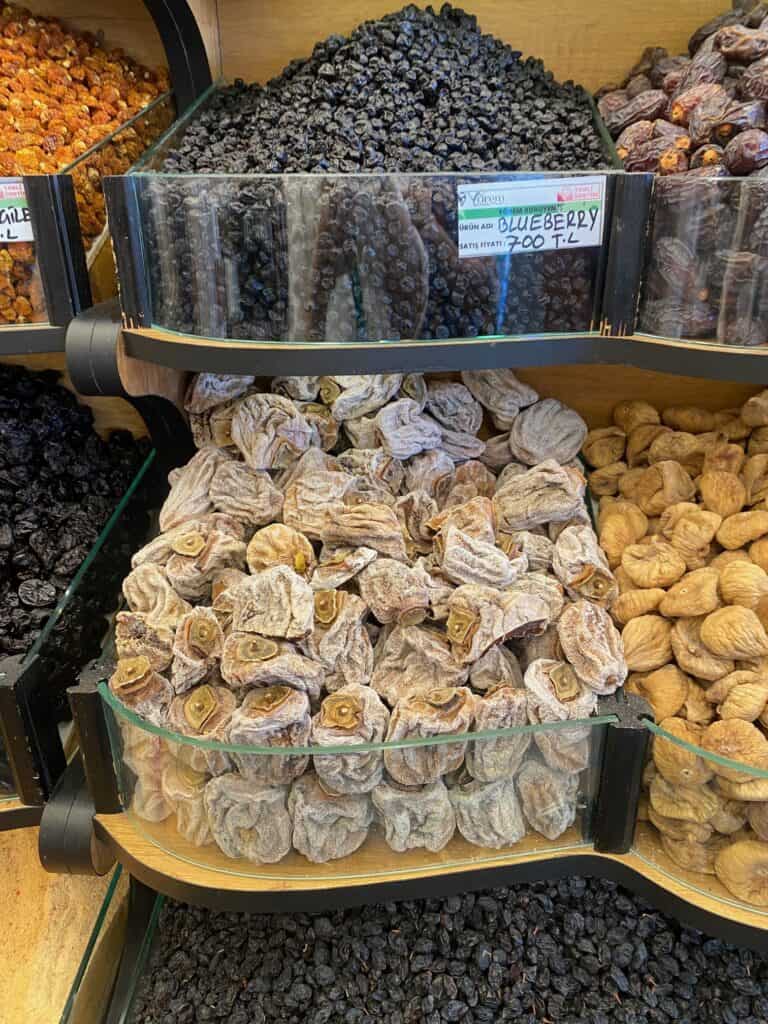
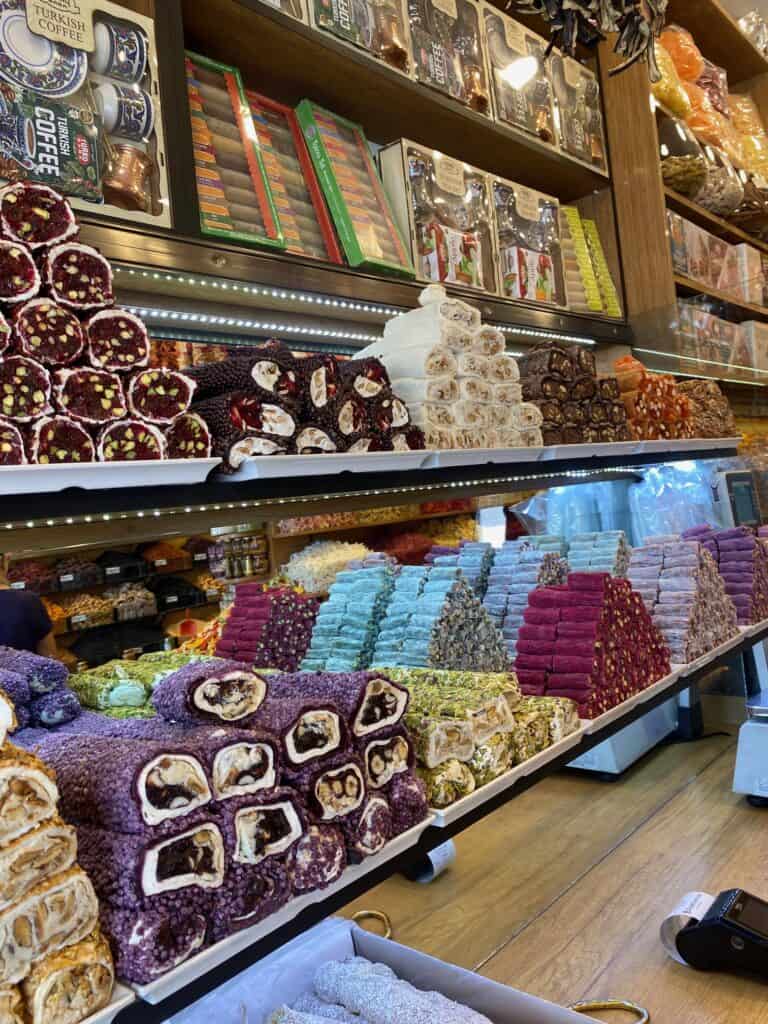
Many of the dried fruits, including tomato, were sweet, but also retained the rich flavor of the ingredient; the kumquats were intensely citrusy and a touch bitter, the tomato was bursting with garden fresh flavor, and the mango was pleasantly tart. The sugar, in some cases added and in some cases natural, softens the flavors and makes them pair well with the high alcohol of mezcal, while the concentrated flavor in dried fruits is powerful enough to still stand out. All the sugar would quickly overwhelm the palate, even when balanced with mezcal, so adding in a few elements of salty, crunchy nuts and seeds provides the ideal balance. The goal is to create an array of flavors and textures with enough variation to keep the experience novel and balanced– make sure you incorporate a range of sweet and salty as well as soft and crunchy. In addition to offering a ton of flavor, focusing on dried fruits and nuts also makes this DIY pairing easy and accessible in all seasons, as well as relatively easy to transport–in case you want to bring it to share at a park or someone else’s home.
Because of the variety of flavors here, there is no specific category of mezcal that would be better than another. This is one of those opportunities to lean into what you have on hand, and also incorporate bottles that may be otherwise difficult to pair with, like aged expressions or unique infusions or pechugas. From my own cabinet, this is what I pulled to offer a range of delicious pairing opportunities with enough variety to create seemingly endless pairing bites: Celebrante Cenizo/Verde, Opunguio Cupreata, Dos Pasiones Tepeztate, and Derrumbes San Luis Potosi. If I had Don Amado pechuga on hand I would have included that as well–I think the dried fruit and nuts combination would work particularly well with a traditional pechuga.
I recommend taking a loose approach to this pairing, setting up a plentiful spread of ingredients alongside the mezcal, plenty of copitas, and sparkling mineral water to help cleanse the palate. Keep a log of particularly good pairing bites and, for the real nerdy discussions, delve into what happens when the occasional unappealing pairing bite comes up.
As always, feel free to create a mix of your favorite dried fruits and nuts. Below is a sample of ingredients to make an ample pairing board.
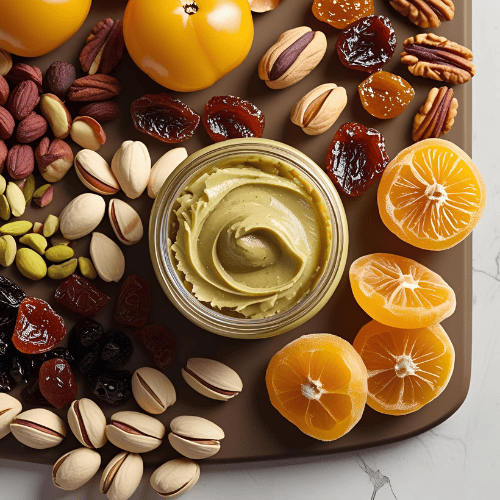
Fruits:
- Dried mango
- Dried apricots, unsulfured if possible
- Dried candied tomatoes (See this recipe to recreate this hard-to-find ingredient.)
- Dried sour plums, available from specialty shops like nuts.com
- Candied orange, or other citrus, peel, see this easy recipe to make your own
- Dried tart cherries
Nuts:
- Roasted & salted sunflower seeds
- Roasted & salted cashews
- Salted pistachio butter (This recipe is solid.)
Other:
- Toasted bread
- Oil-cured black olives
- Mineral water
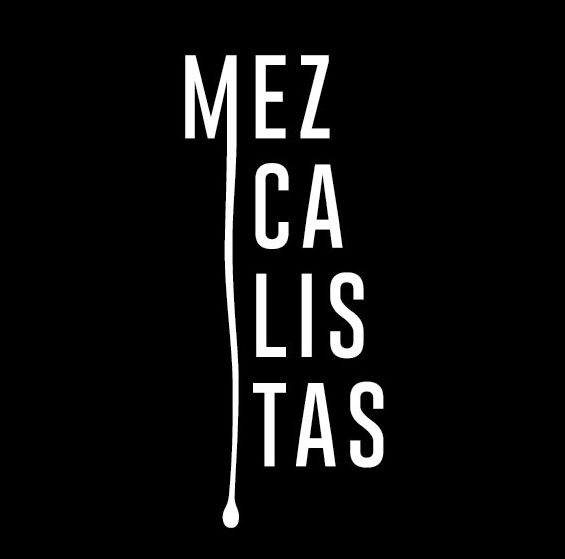
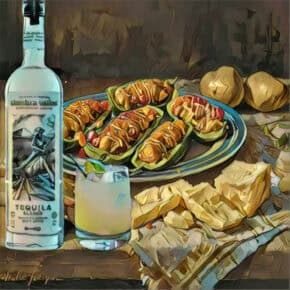

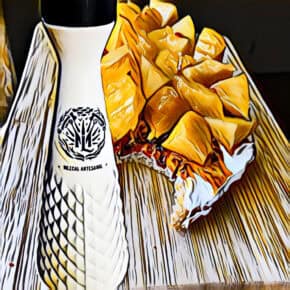
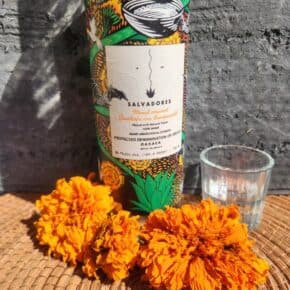
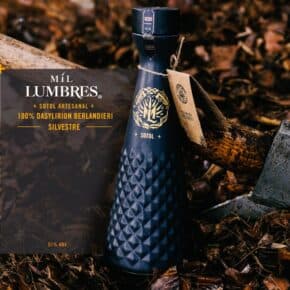
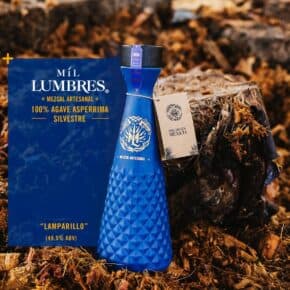





Leave a Comment